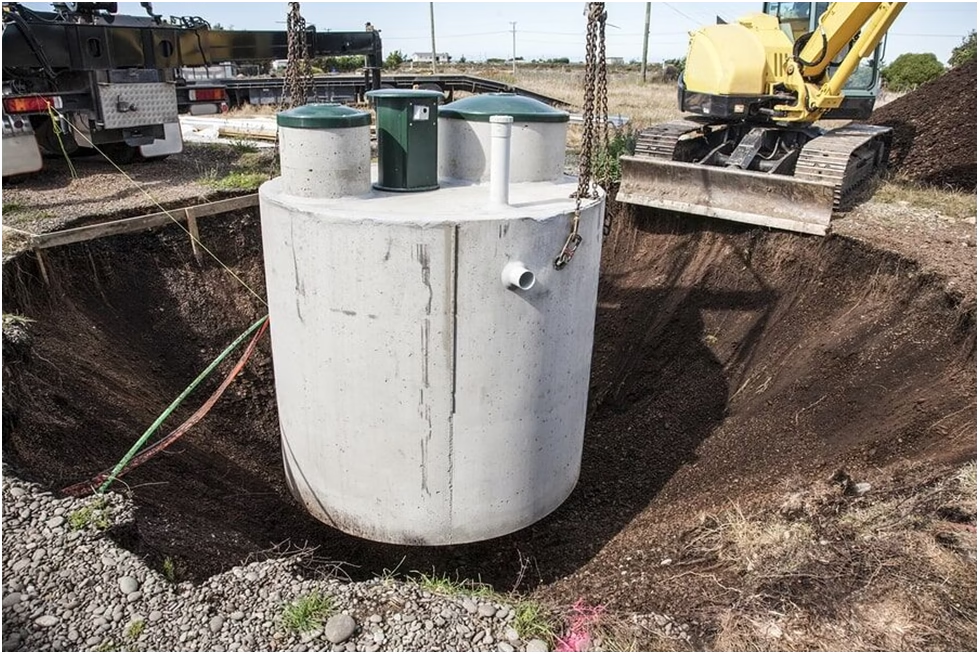You may not notice them, but gears are all around us. They help machines move, connect parts together, and make things work smoothly. From cars to coffee machines, gears play a big role. But when regular gears don’t fit the job, custom gears step in. And when you need something smoother and quieter? That’s where helical gears shine.
Let’s break down what these gears are, how they work, and why they’re so important—without the confusing tech talk.
Gears 101
Different Types of Gears
Gears are round parts with teeth that fit together to move things. Here are some common types:
- Spur Gears: Simple, with straight teeth.
- Helical Gears: Teeth are slanted for smoother motion.
- Bevel Gears: Used when shafts are at an angle.
- Worm Gears: One gear looks like a screw, perfect for slow, strong movements.
Comparing Spur, Helical, Bevel, and Worm Gears
- Spur Gears are cheap and simple but noisy.
- Helical Gears are smooth and quiet but cost more.
- Bevel Gears are great for changing direction.
- Worm Gears work well for heavy loads, but they’re not very efficient.
What Are Custom Gears?
Simple Meaning of Custom Gears
Custom gears are made-to-order gears. They’re designed just for your needs instead of using ready-made ones.
Where Custom Gears Are Used
You’ll see custom gears in machines where size, shape, or strength matters a lot.
Common Industries Using Custom Gears
- Cars and trucks
- Airplanes
- Medical machines
- Robots
- Wind turbines
What Are Helical Gears?
What Makes Helical Gears Special
Helical gears have teeth that are cut at an angle. This lets them work more smoothly than straight-tooth gears.
How Helical Gears Work
When the gear turns, the angled teeth slide into place gently. This means less noise and more strength.
Features of Helical Gears
- Quiet and smooth
- Can carry more weight
- Great for high-speed machines
Benefits of Helical Gears
Smooth and Quiet
They don’t make much noise and work really smoothly.
Stronger and More Durable
They last longer and handle more pressure than other types.
Great for High-Speed Use
Perfect for machines that run fast without making a racket.
Downsides of Helical Gears
Side Forces
The angled teeth push sideways, which can wear out bearings if not handled properly.
Harder to Make
They need special tools and more time to produce.
Costs More
All that quality and precision doesn’t come cheap.
Custom Helical Gears
Why You Might Need Custom Helical Gears
Sometimes a regular gear just doesn’t cut it. Custom helical gears give you exactly what your machine needs—no more, no less.
Better Performance with Custom Options
You get better fit, less wear, and more power. It’s like getting shoes made for your feet instead of buying off the rack.
Materials Used in Custom Gears
- Steel: Strong and tough
- Bronze: Great for smooth movement
- Plastic: Light and quiet
Gear Materials Matter
Most Common Gear Materials
The material affects how long the gear lasts and how well it works. Popular choices:
- Steel for strength
- Bronze for smoothness
- Plastic for lightweight needs
Finishing Touches Like Heat Treatment
Gears are often heat-treated to make them harder and more durable. Some even get coated to stop rust or wear.
How Gears Are Made
CNC Machines
These machines cut gears with extreme precision using computer control.
Gear Cutting Techniques
Old-school methods like hobbing and shaping are still used because they work well for many gears.
3D Printing for Gears
Great for testing new designs or making just a few custom parts quickly.
Important Gear Design Tips
Gear Tooth Shape
The shape of the teeth affects how the gear connects and moves with other parts.
Gear Ratio Basics
This is about how fast and how strong the output will be—important for speed and power.
Keeping Gears Lubricated
Oil or grease keeps gears cool and running smooth. Don’t skip this!
Where Helical and Custom Gears Are Used
In Cars
Helical gears help keep car rides quiet and smooth.
In Airplanes
High-precision gears keep planes safe and efficient.
In Big Machines
Heavy-duty machines rely on custom gears that won’t fail under pressure.
In Robots and Medical Tools
Quiet, small, and super reliable—custom helical gears are perfect here.
Gear Care and Maintenance
Keeping Them Lubricated
Always keep gears oiled so they don’t wear out fast.
Checking for Damage
Look for strange noises, rough movement, or visible wear.
Spotting Trouble Early
Catching problems early means cheaper fixes and less downtime.
Picking a Gear Maker
What to Look For
Choose someone who knows their stuff, uses modern tools, and has good reviews.
Smart Questions to Ask
- Can they meet your specs?
- What materials do they recommend?
- Do they offer testing?
Check for Quality Standards
Look for makers who follow international standards like ISO or AGMA.
What’s Next for Gears?
New Gear Tech
Better software is helping make gears more efficient and longer-lasting.
Smart Gears and Sensors
Imagine gears that alert you before they break—that tech is already on the way!
Eco-Friendly Gear Materials
More companies are trying materials that are better for the planet.
Wrap-Up
Custom gears and helical gears are like the hidden heroes inside machines. They help things run better, smoother, and longer. Whether you need a gear for a robot, a car, or a factory machine, getting the right type—especially custom or helical—makes all the difference.
FAQs
What are custom gears used for?
They’re used in machines that need special sizes, shapes, or performance.
Are helical gears better than spur gears?
Yes, for smoothness and quietness—but they cost more and are harder to make.
Can I 3D print custom gears?
Yes, especially for testing or light use. For heavy-duty work, stronger materials are better.
How long do custom helical gears last?
With good care, they can last many years—even in tough machines.
How do I pick the right gear?
Think about your machine’s speed, load, and space. Then talk to a gear expert.





